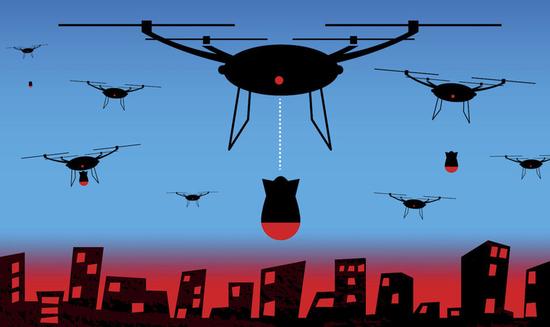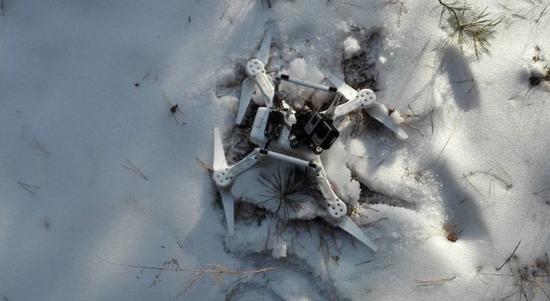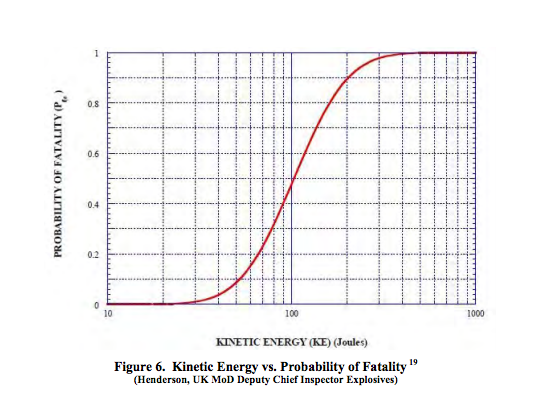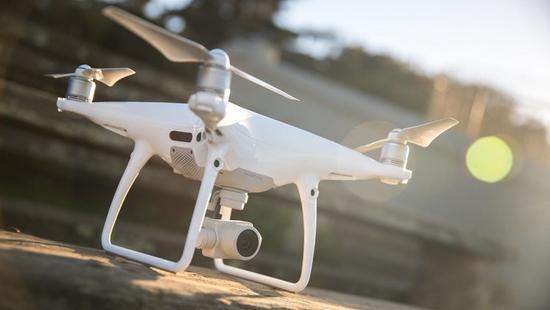
At present, the world has gradually begun to formulate and improve regulations for drones, but most of their regulations are based on the weight of 250 grams or about half a pound, and then greater than this weight will be mandatory to be registered, while limiting The flying area of ​​drones, of course, includes small toy drones.
However, a recent study by drone company DJI Dajiang, which occupies 70% of the global consumer market, has shown that this weight is too conservative and that it is “conservative†about 10 times, that is, reasonable weight should be 2500 grams or so.
There is also a very interesting point in this report: decades of assumptions have been established, but it is probably incorrect to apply them to the formulation of current policies.
How does 250g come from? wrong?
This standard of 250g was decided during the November 2015 Federal Aviation Administration Summit. Participants set standards for companies including Amazon, Alphabet's “moonshot†subsidiary, Walmart and DJI, etc. The initial goal was to temporarily Low-risk drones provide US registered standards.
The research report of Dajiang was first published in December 2016. DJI analyzed the reasons for the 250 g limit calculated by the Authority, including the shape of the drone and the accident rate. Under different population densities, the uncontrolled drone dropped. There are many variables such as the possibility of death of the Chinese.

However, one of the variables attracted the attention of the investigators. It was "the probability of death from being hit by an object." This data was quoted as having "a long history" and can be traced back to the 1968 computer simulation of the danger of nuclear war. The reason why the data quoted so long ago was actually caused by multiple references, from the 2012 research cited, to the 2010 report, to the 2007 paper, and finally back to the 1960s.
In this original 1960 simulation, researchers sought to assess the effectiveness of shelters during nuclear attacks and to understand the possibility of injury or death through various crashes.
Described in the DJI report:
This "nuclear accident report" itself relies on previous research involving various injuries related to shooting and other impact objects in animals, bones, and other actual data. The authors believe that these data have some problems. For example, most impact studies use fairly light and compact objects such as small steel balls or cubes. And their research was to "infer" the impact of larger objects from the data they had. Therefore, the authors used the data they had to create curves, and most of them came from data of impacts of less than 10 g quality, and from that they speculated that And estimate the impact from about 1 g to about 50 kg.

(Motion and Death Probability | MITRE, 2015 UAV Safety Equation Final for FAA)
The problem is that such simulated background may not be a good representation of the actual situation in everyday life. And this “calculation†of death is based on the assumption of a lack of medical conditions 48 years ago. For example, researchers at the time thought that glass sequestration had a 10% chance of death, but this seems impossible now.
So Dajiang wrote in the report that "the data curve cited in the development of the extended drone policy seems to be unreasonable." In his report, DJI proposed a more realistic case for estimating the probability that a falling object would kill someone: In 2004 the Ministry of Justice reported the effects of being hit by non-lethal munitions, such as bags containing beans, etc. .
Let registration restrictions become more restrictive flight restrictions?
However, there are still many studies that can be done about this “probability of being killed by an object.†Dajiang just wants to prove that this weight is not necessarily accurate, and it should be possible to increase it, but Dajiang does not want to “ "Improve harm" but just want to have a simpler registration mechanism, but at the same time more restrictive restrictions.
For example, in Canada, a proposal requires pilots to fly more than 250 g drones for driving tests and get insurance. In Russia, the weight limit of 250 grams is also used as a standard for registration. In the EU, 250 grams are being proposed to delineate a low-risk aircraft. Any heavier drones must be registered and only one pilot must be at least 14 years old.

(Dagon Phantom 4 Pro weighs 1388g)
Changing these inaccurate variables leads to a very different result: Through its analysis, Dacian believes that the weight limit of about 2.2 kg is the “proper†standard for drone registration. But this time, most of the current drones have been “liberated.†The Dajiang’s Mavic Pro drone, weighing about 740 grams, is still required to register.

(Dajiang's Mavic Pro)
But is this really good? For companies that want to occupy the market with small drones and DJI, this obviously helps sales. On the other hand, relaxing the "entry barriers" requires more stringent follow-up supervision, such as the registration of sighted flights, which will also ensure that drones will not be allowed to fly in an uncontrolled or dangerous manner. This will not seriously limit the market as "drone registration". According to the report of the Federal Aviation Administration of the United States, there will be more than half a million drones planned to be registered by August this year.
Despite this, even those who participated in the 2015 FAA meeting expressed reservations about the use of 250g figures. However, the current FAA spokesman said, "The exact safety weight of drones on people is affected by many factors, including their physical configuration, based on the tests so far, and we believe that the selected weight of 250g represents the safety weight.
From the perspective of safety for the general public, 250g is an insurance-safe number, but is it really "out of date"? Legislators only hope that they can supervise drone pilots to be more responsible for their work.
But which one would you choose to buy a drone with a complex purchase process, and a drone that is simple to use but somewhat complicated?
Dongguan Deli Plastic Co.,Ltd is a manufacturer specialized in the research, development ,plastic injection mould and making mass production with well-equipped facilities and strong technical force.
Our products are extensively used in household industry/electronic industry/automobile industry/building industry and other industries.
We have rich experience on one-stop solution, provide various services from new product design,prototype,mold making,mass production,assembly and logistics. The most important advantage is we have our own R&D team to help clients to turn ideas into actual parts. All of these engineers and designers have over 15 years experience in these plastic products fields.
We have a strict quality control system, an excellent management team and also a dedicated sales force, enable us to fulfill our commitment in high quality products and outstanding services.
If you are looking for a trustworthy supplier of customized items, please do not hesitate to contact us. We are always striving to establish a win-win partnership with customers from all over the world and help our partners to stay one step in front of your competitors.
Cute Fan,Cute Usb Fan,Cute Mini Handy Fan,Desktop Cute Small Fan
Dongguan Yuhua Electronic Plastic Technology Co.,Ltd , https://www.yuhuaportablefan.com
